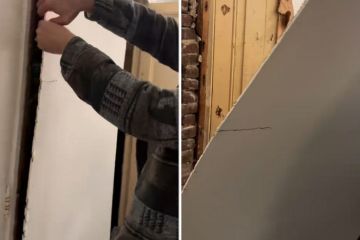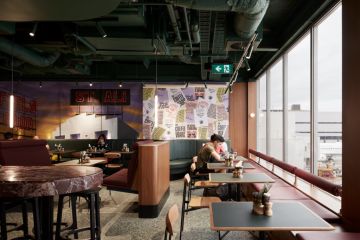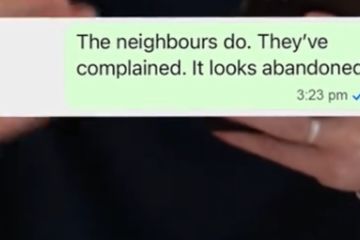Sydney house prices climb more than 10 per cent to record $1.1 million: Domain Group

Sydney real estate is so expensive the median is now $300,000 more than the second-highest priced capital in Australia, new data shows.
By the end of 2016, Sydney’s median house price climbed more than 10 per cent to a record $1,123,991, Domain Group’s rental and house price report released on Tuesday found.
This remains significantly ahead of Melbournes prices, the second most expensive city in the country, where the median house was valued at $795,447.
The strongest quarterly result over the year was December, with prices up 4.7 per cent in three months.
This was a sharp contrast to December 2015, where prices fell 3 per cent to $1,011,283, Domain Group chief economist Andrew Wilson said.
“It was a strong finish to the year, with momentum from interest rate cuts in May and August and a resurgence of investor activity being felt,” Dr Wilson said.
Sydney’s unit prices also recorded a strong result, up 2.9 per cent over the December quarter to $711,256, and up 6.3 per cent over 2016.
“The prospects are for growth again this year, but we’ll unlikely get these high figures again with no changes likely to interest rates,” Dr Wilson said.
One seller who did well in the late-2016 market was architect Joanna Robinski, whose Newtown house on under 200 square metres of land sold in December for $1,762,000.

Joanna Robinski sold her Newtown house in December for $1,762,000. Photo: Edwina Pickles
Having bought the three-bedroom home at 233 Denison Street in the 1990s for $192,000 and remodelled it herself, she was “delighted” with the sale result.
“The auction was nerve-racking. It happened very fast so I was quite surprised and we didn’t use a vendor bid… it just went off,” she said.
HSBC chief economist Paul Bloxham said the 2016 growth was already slower than 2015, with signs house price growth had started to ease.
“We are expecting it to slow further into 2017 and there are other factors at work. We don’t think the RBA will cut interest rates any further and global interest rates have risen,” he said.
“Add to that prudential authorities will continue to maintain tight settings.”
His expectations were for a 4 to 6 per cent growth rate for the housing market over the year, with some weakness in the apartment sector but “no falls”.
But ReThink Investing director Scott O’Neill said there were some issues for a city with prices as high as Sydney’s.
“What is a concern is investors have been lining up in record numbers to acquire properties with record low yields [of 2.9 per cent]. This will make the Sydney extremely vulnerable to a price correction if interest rates rise by even 1 per cent,” he said.
For many investors, Brisbane could be more attractive and there could be more space for prices to grow as incomes are at similar levels to Sydney.
In Brisbane, the average income is $82,980, compared to $88,692 in Sydney. The median Brisbane house price is $540,758.
“Affordability will be a key determinant in price growth over the next five years,” he said.
Belle Property Camperdown agent Maria Magrin said there was a surge of investors and young couples and singles buying apartments with the help of their parents in 2016.
“I think the low stock levels generated some stand out results,” Ms Magrin said.
“Everyone was waiting for something to happen [such as the] market coming down, interest rates … but that something never happened,” she said.
And with few signs of any sudden market changes, with a strong local economy, constricted housing supply and low interest rates, 2017 will likely bring continued strong growth for houses, Propertybuyer managing director Rich Harvey said.
For apartments, it could be more of a mixed bag.
“If you are buying within 10 kilometres of the CBD in tightly held areas, with limited scope for redevelopment, then apartments will do okay, but avoid areas that are projected to experience a temporary surplus in new stock,” he said.
We recommend
States
Capital Cities
Capital Cities - Rentals
Popular Areas
Allhomes
More
- © 2025, CoStar Group Inc.







